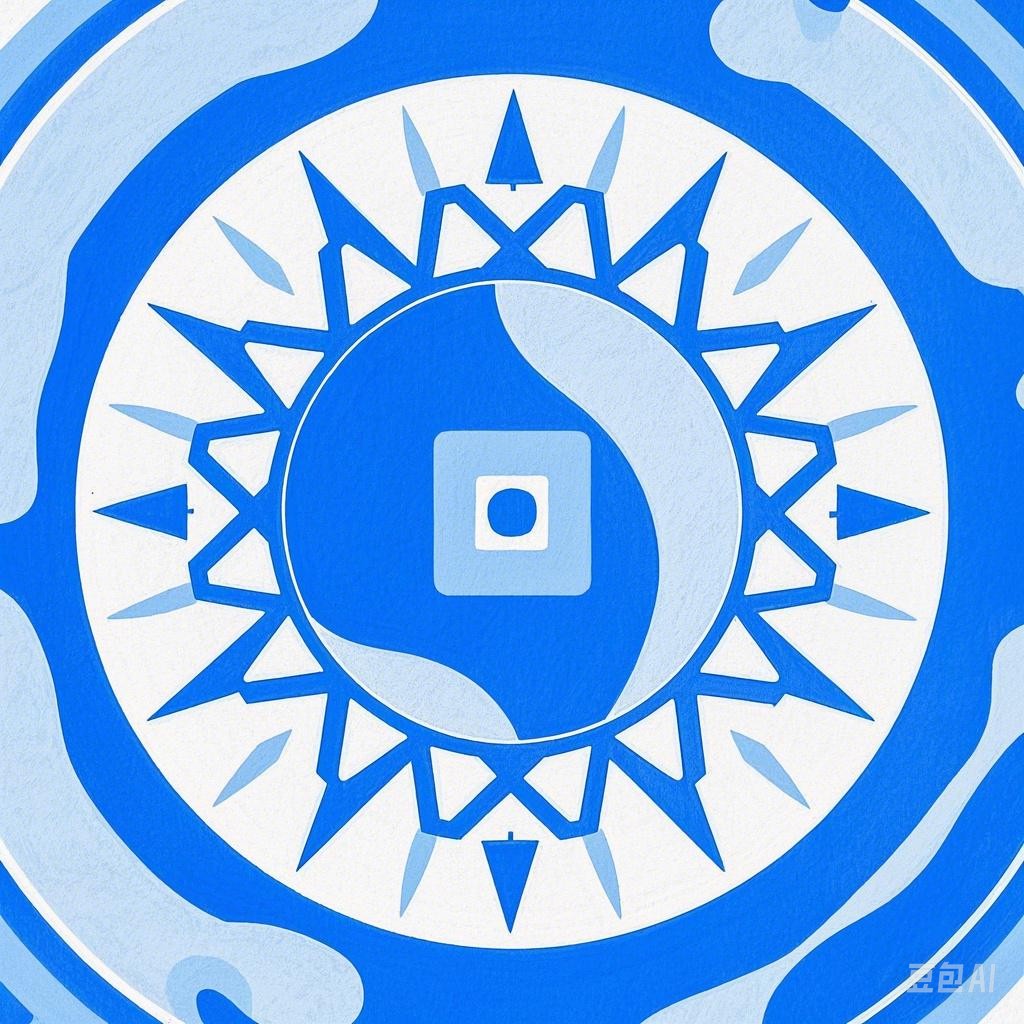Introduction
Chinese traditional festivals are an integral part of the country’s rich cultural heritage. These festivals, celebrated with great fervor and enthusiasm, reflect the ancient customs, beliefs, and values of the Chinese people. This article takes you on a journey through some of the most significant Chinese traditional festivals, exploring their origins, significance, and the customs associated with them.
The Spring Festival (Chinese New Year)
Origins and Significance
The Spring Festival, also known as Chinese New Year, is the most important and widely celebrated festival in China. It marks the beginning of the lunar new year and is a time for family reunions, feasts, and the giving of red envelopes containing money.
Origins
The Spring Festival has its roots in ancient agricultural practices and is believed to have originated from the Chinese New Year celebrations during the Shang Dynasty (1600-1046 BC). Over the centuries, it has evolved into a festival with a rich tapestry of customs and traditions.
Significance
The Spring Festival symbolizes the renewal of life and the hope for prosperity and happiness in the coming year. It is a time to honor ancestors, ward off evil spirits, and welcome good fortune.
Customs
- Red Decorations: Red, symbolizing good fortune and joy, is a dominant color during the Spring Festival. Homes are adorned with red lanterns, couplets, and paper cuttings.
- Family Reunions: The most awaited part of the Spring Festival is the family reunion dinner, where family members gather to celebrate and exchange gifts.
- Fireworks and Firecrackers: These are used to scare away evil spirits and welcome the new year.
- Dragon and Lion Dances: These traditional dances are performed to bring good luck and prosperity.
Lantern Festival
Origins and Significance
The Lantern Festival is celebrated on the 15th day of the first lunar month, marking the end of the Spring Festival. It is a time for people to appreciate lantern displays and enjoy a variety of performances.
Origins
The festival has its origins in the Han Dynasty (206 BC–220 AD) and is believed to have been created to honor the deities of the moon.
Significance
The Lantern Festival symbolizes the brightness of the future and the triumph of good over evil.
Customs
- Lantern Display: Homes and streets are decorated with colorful lanterns, creating a festive atmosphere.
- Lantern Riddles: People gather to solve riddles written on lanterns.
- Mooncakes: Mooncakes, a traditional dessert, are eaten during the festival.
Dragon Boat Festival
Origins and Significance
The Dragon Boat Festival is celebrated on the fifth day of the fifth lunar month and commemorates the death of Qu Yuan, a famous poet and statesman of the Warring States period.
Origins
The festival has its origins in the ancient practice of dragon-boat racing, which was believed to honor Qu Yuan’s spirit.
Significance
The Dragon Boat Festival symbolizes the spirit of patriotism, loyalty, and courage.
Customs
- Dragon-Boat Racing: Teams of rowers compete in dragon boats, while spectators cheer them on.
- Zongzi: Zongzi, a sticky rice dumpling wrapped in bamboo leaves, is a traditional food associated with the festival.
Mid-Autumn Festival
Origins and Significance
The Mid-Autumn Festival is celebrated on the 15th day of the eighth lunar month and is a time for family reunions and moon gazing.
Origins
The festival has its origins in the Tang Dynasty (618–907 AD) and is believed to have been created to celebrate the harvest.
Significance
The Mid-Autumn Festival symbolizes the unity of the family and the abundance of the harvest.
Customs
- Mooncakes: Mooncakes, a traditional dessert, are eaten during the festival.
- Moon Gazing: People gather to admire the full moon and express their wishes for the future.
Conclusion
Chinese traditional festivals are a testament to the rich cultural heritage of the Chinese people. Each festival has its unique customs, origins, and significance, contributing to the vibrant tapestry of Chinese culture. By celebrating these festivals, people not only honor their ancestors and cultural roots but also foster a sense of community and national identity.
